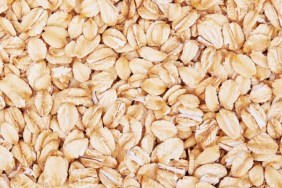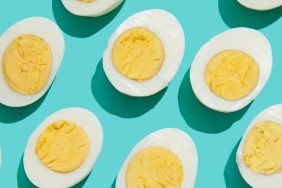We typically crave foods higher in fat, in addition to spending more time indoors being less active. Properly fueling your body for winter weather will allow you to be more committed to—and effective—in your workouts.
To have the energy you need to perform well in any climate, you have to fuel your body well. Colder months…








